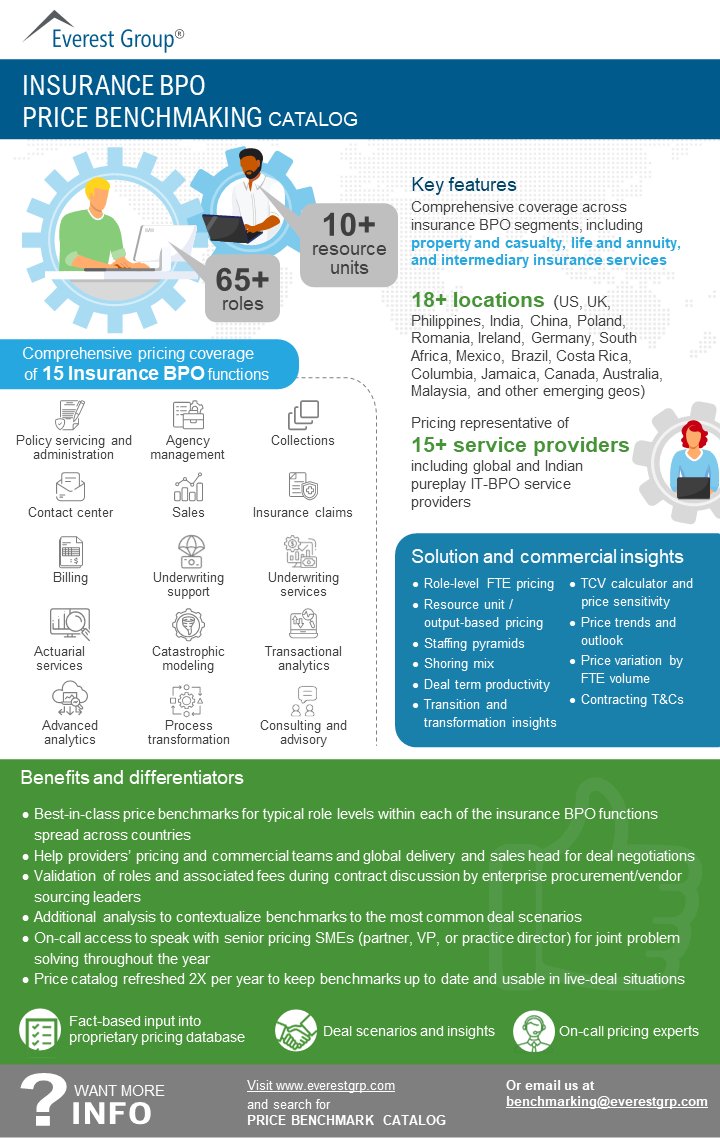Happy birthday to everyone born on 29 February and who only get to officially celebrate the actual day of their birth every four years. Vigdis Hocken, Delivery Manager at Lyse Tele, and journalist Konstantin Bikos explain, “Leap years are years where an extra day is added to the end of the shortest month, February. This so-called intercalary day, February 29, is commonly referred to as leap day. Leap years have 366 days instead of the usual 365 days and occur almost every four years.”[1] If you are surprised by the modifier “almost,” Hocken and Bikos explain, “In our modern-day Gregorian calendar, three criteria must be taken into account to identify leap years: [First,] the year must be evenly divisible by 4. [Second,] if the year can also be evenly divided by 100, it is not a leap year. [Third,] unless, the year is also evenly divisible by 400. Then it is a leap year. According to these rules, the years 2000 and 2400 are leap years, while 1800, 1900, 2100, 2200, 2300, and 2500 are not leap years. … The year 2000 was the first time the third criterion was used in most parts of the world since the transition from the Julian calendar to the Gregorian calendar, which began in 1582.” The year 2000 was also the first time computer systems had to transition to a new century. Remember all the fear that accompanied the arrival of Y2K? The big worry was the transition would create confusion in automated systems. Fortunately, it wasn’t the end of the world. Today, most computers can handle events like Leap Day; hence, Leap Day is, for the most part, business as usual.
Impacts of Leap Day on the Supply Chain
Back in 2016, Feras Asakrieh, Senior Director of VIP Support and Conversion at Fanatics Sportsbook, observed, “February 29th may only come around once every four years, but volatility and supply chain disruptions are constant.”[2] He suggested the extra day provided by Leap Day is an excellent time “to better understand how to optimize your supply chain.” If, however, the Leap Day causes disruptions in your business, the extra time won’t seem like a luxury. Journalist Maliyah Costa insists Leap Day can create a bit of chaos for some parts of the supply chain. She explains, “February 29th is a leap day that can cause some challenges for logistics. Although one extra day may seem insignificant, it can be a real hurdle for those who manage inventory, shipping schedules, and supply chains. From predicting demand to dealing with international customs, leap day can throw a curveball that requires quick thinking, adaptability, and foresight.”[3] Below are a few of the ways Costa believes Leap Day can create challenges. They are:
• Inventory Management. “Predicting demand gets tricky with an extra day. Overstock and storage costs hurt your bottom line. Understock, and customers get angry. Seasonal trends get thrown off, too. Proactive planning and strategic promotions are key. … Special Leap Day promotions can be tempting but demand careful inventory planning to avoid stockouts. Don’t promise what you can’t deliver!”
• Transportation and Shipping. “Leap day throws a wrench into shipping schedules. Both internal and external routes need adjustments to avoid delays. Costs can fluctuate, especially for last-minute changes. International shipments face additional limitations due to varying leap year practices. Communicate with carriers and plan carefully to ensure a smooth flow.”
• Warehousing and Distribution. “The extra day can strain even the most organized warehouse. Optimizing space and considering temporary solutions are crucial. Leap day also impacts staffing needs — manage overtime, schedules, and fatigue to keep the supply chain moving. Don’t forget to update tech systems to handle the extra day!”
Costa concludes, “Clear communication with everyone, from teams to partners to customers, is key. Clearly communicate adjustments to avoid confusion. Remember, agility is your friend. Unexpected situations arise, so be ready with contingency plans and a flexible approach.” Costa touched on the effects of Leap Day on retail sales and supply chain staffing. For retailers, the extra day may mean extra sales and it offers a promotional opportunity. Dave Hamilton, Global Retail Industry Strategist at Blue Yonder, cautions, “While some businesses experience a slight bump in sales due to ‘extra spending money’ or themed promotions, others might see a dip as consumers wait for Leap Day deals. Analyze historical data and anticipate potential shifts in demand for specific products.” Since Leap Day comes around so infrequently, he suggests having fun with the day. “Leverage the ‘rarity’ factor: Create unique, Leap Day-themed marketing campaigns and promotions to grab attention and boost sales. Offer special discounts, ’29 deals,’ or limited-edition products. Engage customers with contests or events: Host a Leap Day contest, flash sale, or event to generate excitement and brand awareness. … Don’t be afraid to have fun with the quirkiness of the day! Inject some humor and playful branding into your messaging.”
Salaried employees may feel like they are working for free on Leap Day. As a result, some countries have considered making Leap Day a public holiday. That’s unlikely to occur in the U.S. The staff at Procurious reports, “Even factoring in economic benefits such as increased shopping, travel, and complimentary spending, PwC [analysts] have stated that the costs [associated with a new holiday] will ultimately outweigh any benefits.”[5] Hamilton notes Leap Day could throw a wrench into the paychecks of non-salaried workers. He writes, “Calculate payroll correctly: Factor in the extra day for bi-weekly or monthly payroll calculations to avoid underpaying employees.”
Concluding Thoughts
Leap Day isn’t exactly being gifted free time; nevertheless, make the most of day. Be aware of potential challenges created by the extra day and, when possible, take advantage of associated opportunities. Hamilton concludes, “Remember, even though Leap Day comes around every four years, it’s always best to plan and prepare to ensure a smooth and successful ‘extra day’ for your business.”
Footnotes
[1] Vigdis Hocken and Konstantin Bikos, “What Is a Leap Year?” Time and Date.
[2] Feras Asakrieh, “Leap Day: Four Things Supply Chain Managers can do TODAY to Optimize their Transportation Network,” LinkedIn, 29 February 2016.
[3] Maliyah Costa, “A One-Day Challenge for Supply Chains,” FreightCenter, 12 February 2024.
[4] Dave Hamilton, “It’s a Leap Year…What Does That Mean for Retailers?” Blue Yonder Supply Chain Nation, 23 January 2024.
[5] Staff, “Is There a Case for a Leap Year Public Holiday?” Procurious, 25 February 2016.










